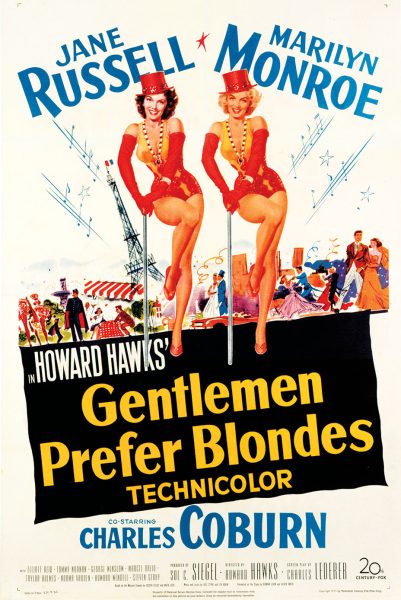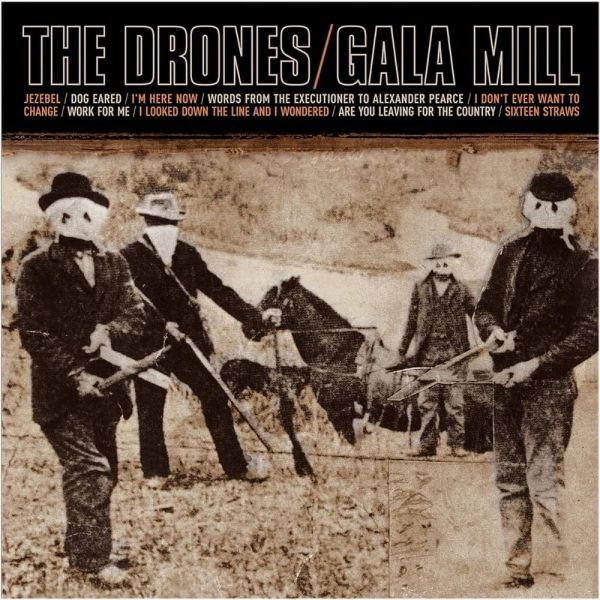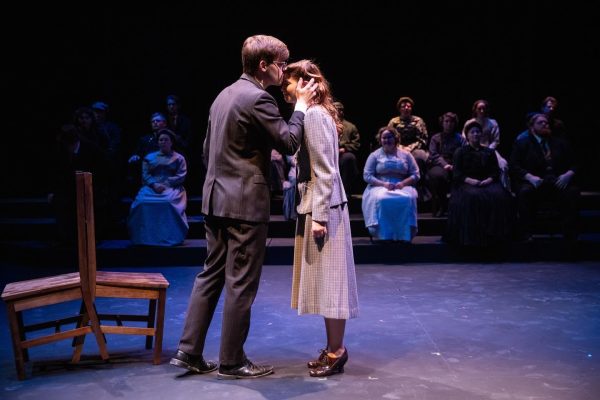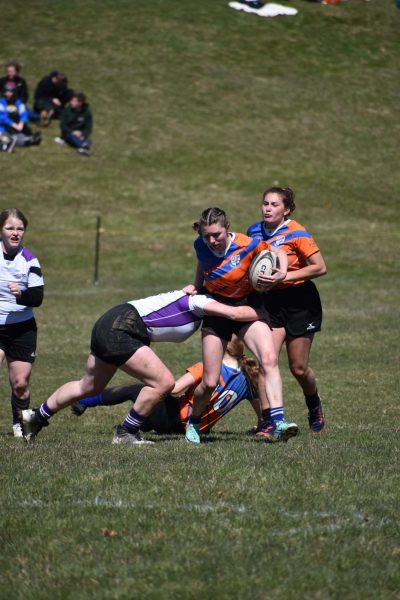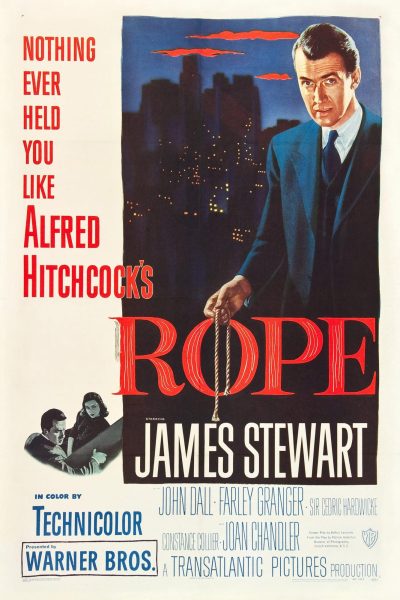French club hosts university’s 20th annual Mardi Gras
On Fat Tuesday, commonly known as Mardi Gras, the University of Wisconsin-Platteville’s French Club hosted the university’s 20th annual Mardi Gras event. The event held many fun activities such as carnival-style games, limbo and a live band. There was food ranging from brats to beignets, a pastry made from deep-fried choux, as well as local beer and wine.
For some, Feb. 28 is just another day, but for many, it marks the day before Lent. Most Americans don’t recognize Mardi Gras as it was intended, instead many Americans see it as a night of drunken shenanigans.
The Mardi Gras tradition can be traced back to Bienville Lemoyne, the French explorer who founded New Orleans in 1718. Twenty years after Bienville’s discovery Mardi Gras became an annual festival which featured masked balls. The parades didn’t begin until 1838 and are still held today in the city of New Orleans. The bead throwing, which many recognize as a staple of Mardi Gras, was introduced by Duke Alexis in 1872. Each bead color has a meaning: purple stands for justice, green stands for faith, and gold stands for power. According to history.com, beads were thrown to onlookers and if someone catches one, it is supposed to bring good luck.
The UW-Platteville event was much different from the celebration we’ve grown accustomed to. The live band performed Mardi Gras-inspired songs and there was plenty of food to enjoy. There were even carnival games such as memory, balloon darts and corn hole (bean bags). Each game handed out paper euros that people could trade in for prizes. The event was open to all ages. Many professors and faculty chose to bring their children. Possibly the most recognizable part of the event was the large chess set. The chess set was not only a decoration for the event, but attendees could face off in a game of chess. The rules were like normal chess, just larger. Attendees could also get their faces painted and receive balloon animals.




